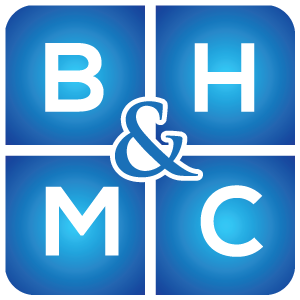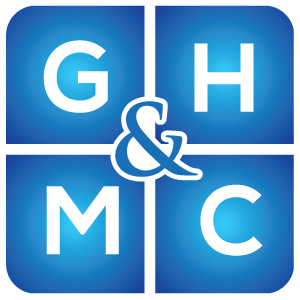Since Trigeminal Nerves are one of the largest nerves supplying the face and head, Trigeminal Neuralgia can have many causes. A common theme among many Trigeminal Neuralgia sufferers is that they have a sensitised brainstem.
A sensitised brainstem will perceive nonthreatening stimuli (such as brushing your teeth) from the Trigeminal Nerve as a potential threat and will react, creating debilitating pain where the sensory information was originally detected. This hyperexcitability of the pain sensation is due to the heightened arousal and sensitive brainstem. A sensitive brainstem will relay the sensory information to the brain, but will heighten the sensation so that the brain perceives the information as painful.
Normal daily activities, such as touching the head or face, can become “triggers” that transmit pain signals to the brain.
Organise Your Initial Assessment
How is Trigeminal Neuralgia Diagnosed?
Trigeminal neuralgia is typically diagnosed through a comprehensive evaluation that includes a review of your medical history, a physical examination, and often imaging tests. Healthcare professionals focus on the nature, location, and frequency of your facial pain to identify patterns consistent with trigeminal neuralgia symptoms. They may also assess for facial numbness, muscle weakness, or other neurological signs.
MRI scans are commonly used to diagnose trigeminal neuralgia by detecting possible compression from an offending blood vessel on the trigeminal nerve, or to rule out other neurological disorders such as multiple sclerosis. In some cases, your response to medications like anticonvulsants may also help confirm the diagnosis.
At Sydney Headache and Migraine Clinic™, we go beyond conventional methods by assessing the upper cervical spine and brainstem to determine whether a sensitised brainstem is contributing to your condition. This advanced diagnostic approach helps us uncover the underlying cause and tailor a personalised treatment plan.
How is Trigeminal Neuralgia Diagnosed?
Trigeminal neuralgia is typically identified through a comprehensive assessment involving medical history, physical examination, and sometimes imaging tests. Healthcare providers inquire about the nature and triggers of facial pain, conduct a thorough physical examination to check for sensory abnormalities or muscle weakness in the face, and may order imaging tests like MRI to rule out other potential causes. Additionally, response to certain medications commonly used for trigeminal neuralgia, such as anticonvulsants, can provide further diagnostic insight. Through this process, healthcare professionals aim to accurately diagnose trigeminal neuralgia and tailor treatment strategies to alleviate symptoms effectively.







